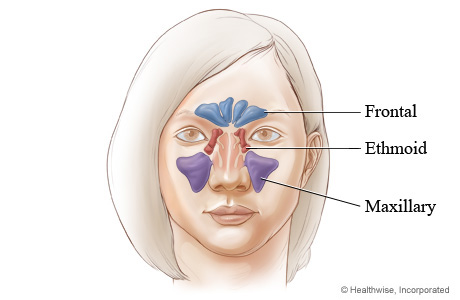
Headaches affect virtually most of us at some stage of our life. whilst there are many different physiological, hormonal and chemical reasons for the headaches, probably the most common cause of headaches is tension in the muscles. the muscle tightness can lead to trigger points in the muscles which can result in pain in the neck and/or headaches. the reasons for the trigger points and tightness in the muscles may be from work or sporting activities, stress or the result of physical injury. Posture may also play a significant role.
but what are trigger points and how can they be dealt with?
A trigger point can be defined as being “hyper-irritable spots in skeletal muscle that are associated with palpable nodules in bands of muscle fibers”. put more simply, they are localized points of pain which develop within muscles because of overuse (or because of chronic muscular spasms). Trigger points have the property that they create a reproducible and predicable pain pattern when it is activate.
one of the most important trigger point affected muscles responsible for causing headaches is the sternocleiodomastoid muscle (often referred to as the SCM). this muscle is in the front of your neck which is probably why most people don’t think about it when they get headaches or neck pain – you are usually aware of pain at the back of the neck, very rarely is there pain in the front. however trigger points in the SCM can result in great discomfort and pain but it’s always referred somewhere else.
Frontal headaches or pressure across the forehead may well be the result of trigger points in the SCM. Also SCM trigger points can send pain to the eye, the sinuses and even make the back teeth sore. other symptoms include scalp tenderness right at the top of your head, dizziness, increased mucous production and dizziness.
So where is the SCM and how do you massage it?
we have an SCM muscle on both left and right sides of our nect, towards the front of the neck, about an inch to the side of the Adam’s Apple. the muscle attaches to the sternum, the clavicle and the mastoid process (hence the name). On each side of the neck it divides into two parts from the mastoid process, one going to join at the sternum, the other to attach to the clavicle. when both left and right SCMs contract at the same time then it brings the head forward and down, allowing chin to fall to the chest. when just one of the SCMs contract then it tilts and turns to one side.
The good news about trigger points in the SCM is that they are relatively simple to deal with by self massage. to find where your SCMs are then look in a mirror and rotate your head slightly to the right and tilt your left ear to your left shoulder. the SCM will bulge on the left as the muscle contracts. You should now be able to grasp hold of the muscle between your thumb and forefinger and follow the muscle down it’s entire length.
Once you have found the muscle then grip it and massage. As with any self-massage be careful and mindful of sensitive areas – these are at the front of the neck where there are nerves and blood vessels which must be avoided. If you find any sensitive areas then these are likely to be trigger points and may refer pain to other parts of your heads. These tender spots can be massaged by holding for around 5 seconds and then perform remedial massage in small circles around the sensitive areas. Leave the trigger point alone for a little while and then return to it.
the amount of pain should lessen if the SCM muscles are massaged daily . however do not massage the muscles so that there is excessive pain – pain that is tolerable and feels like a ‘good pain’ is as much as you should endure . If pain and symptoms persist then please see your health care professional . Self massage to the ‘headache muscles’ is easy to do and can be very effective for eliminating headaches. If you massage these muscles regularly over a period of time then the tender points in the muscles should become less and pain associated with SCM trigger point diminish.